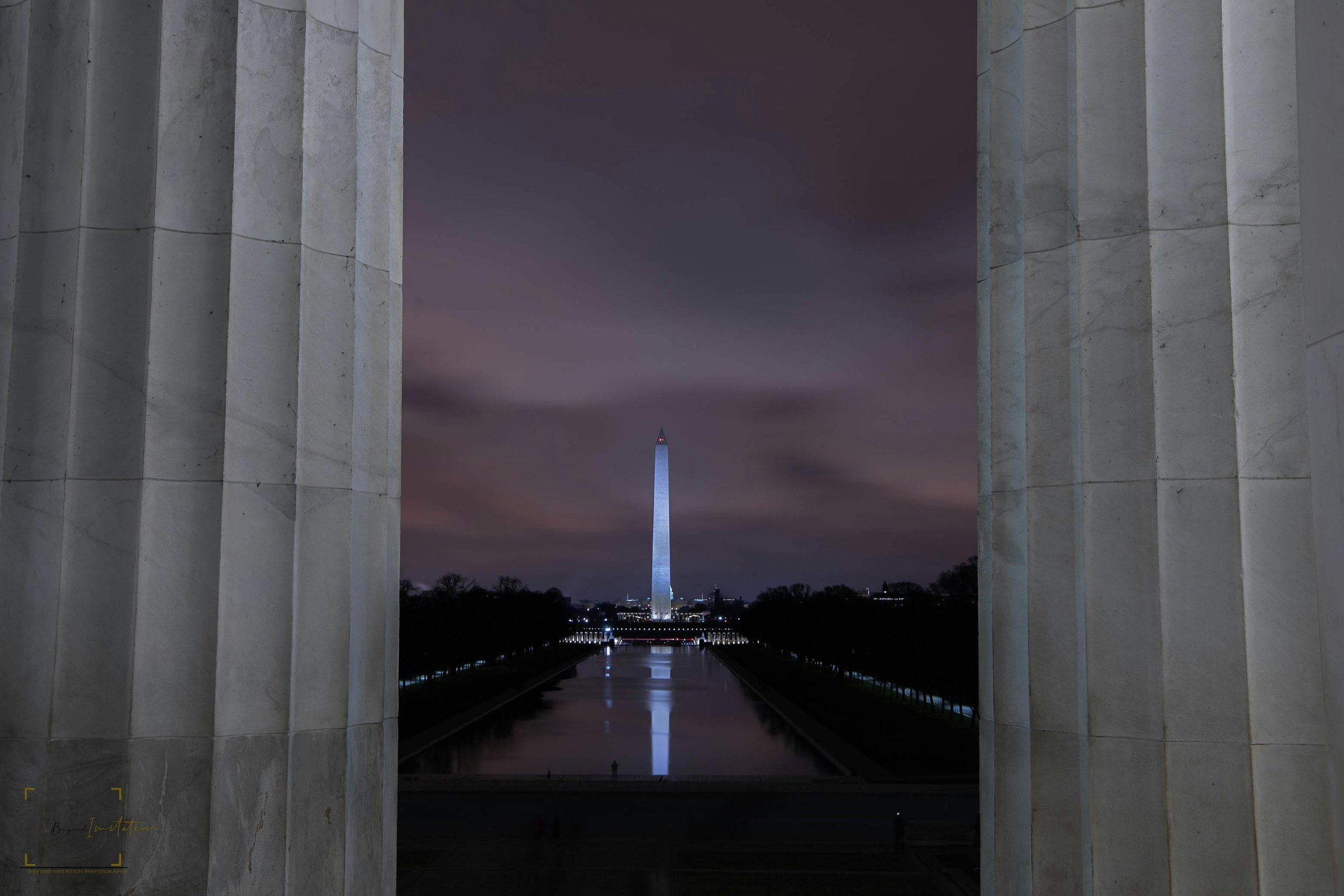
Welcome to FDA Matters
THE LATEST FROM THE GROSSMAN FDA REPORT
IN THE PRESS
Steven A. Grossman, JD
President of HPS Group, LLC
Steven A. Grossman, JD, is President of HPS Group, LLC and a highly respected policy and regulatory consultant.
In recognition of his advocacy and policy leadership, he was awarded the Reagan-Udall Foundation for the FDA’s Innovations in Regulatory Science Award in December 2024.
In 2006, in response to the FDA’s chronic underfunding, Mr. Grossman co-founded and later served as Executive Director of the Alliance for a Stronger FDA. This multi-stakeholder coalition has helped grow the FDA’s appropriated budget from $1.6 billion to $3.5 billion and deepened public understanding of the agency's expanding responsibilities and budget needs.
Mr. Grossman’s advocacy is rooted in public service, having spent six years as counsel and Health Staff Director on the Senate HELP Committee and four years as a Deputy Assistant Secretary for Health at HHS.
While in the Senate, he was one of the chief Senate negotiators on the Orphan Drug Act (ODA) and the Drug Price Competition and Patent Term Restoration Act (known as Hatch-Waxman).
While at HHS, he played a significant role in efforts to address the then-early AIDS/HIV crisis and implement the Orphan Drug Act.
Mr. Grossman holds a BA from Oberlin College and a JD from Georgetown University Law School.
FDA Matters is the product of HPS Group, LLC, a public affairs and regulatory consulting group. Steven Grossman, principal of the firm, is the former Executive Director of the Alliance for a Stronger FDA. Earlier in his career he was Counsel and Health Staff Director of the Senate Health, Education, Labor, and Pensions (HELP) Committee and a Deputy Assistant Secretary for Health.
This site features Steven’s current writing about FDA. It also contains his writing (2008-2012) from an earlier iteration of FDA Matters, as well as his Analysis and Commentary columns (2009-2024) written for the Alliance for a Stronger FDA’s Friday Update. The earlier columns contain contemporary reporting and analysis of the passage of the Biologics Price Competition and Innovation Act (BPCIA).
To receive new material from Steven—including his thoughts on FDA in 2025--please sign up on the FDA Matters mailing list. Full privacy rights will be respected; your name will not be shared. Further, Steven’s emphasis will be on quality over quantity, so new columns will not overwhelm your in-box.






